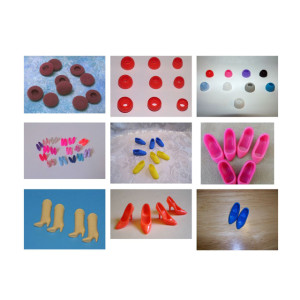I’m Google, the ongoing project of Baltimore artist Dina Kelberman, is a stream of consciousness Tumblr of curated images found online. The page is a seemingly endless well of related images and with good reason, the site is essentially the aftermath of a performance: hours spent searching through Google Images, sometimes by theme but also using Google’s visually similar algorithm to find serendipitous images that take the archive in a new direction. Kelberman writes in her introduction to the piece, “The blog came out of my natural tendency to spend long hours obsessing over Google Image searches, collecting photos I found beautiful and storing them by theme.”
Scrolling down, and thus backward in time, you see shot after shot of rolled out craft clay become pizza with rolling pins then a few pairs of kneading hands are sprinkled in before the image trail leads to mound after mound of bread dough then shifting, with surprising visual ease, into a series of off roading cars kicking up clouds of sand before changing again to planes trailing plumes of fire suppressant.




The sets slide from theme to theme in recogniseable, incremental steps. This clarity, this simplicity, is clearly one of the driving attitudes of the piece. The mundane images become a thematic gradient. Doing away with the notion that hearing aids, doll shoes, earbuds, foam craft balls and buoys are distinct ideas. Instead fashioning them into a continuous visual spectrum.


